
Overview
The noise impact of aviation has long been a subject of concern to airports and ANS providers requiring active management. However, in recent years the contribution of aviation to environmental damage has also come under increasing attention. From carbon emissions and climate change at the global level to local air quality around airports from engine emissions, aviation is under public scrutiny.
The impacts of aviation noise coupled with the rise of social media are presenting airports with new challenges in successfully managing their growth. Previously disparate members of the community are now able to easily join and campaign against airspace change, airport growth and night flights. Many airports with previously good community relations now find themselves the target of campaign groups, armed with the most successful anti-aviation tactics from around the world. For airport management this can be a significant distraction, but requires on-going management.
The impacts of aviation on climate change are forecast to be significant over the period to 2050 and mitigation actions will require a significant investment. From more efficient ATM, through Airport Carbon Accreditation to new sustainable fuel infrastructures, hybrid battery and Hydrogen fuel cell powered aircraft there is substantial change coming. For airport managers, ANS providers, airlines and their supply chains there is a clear need to address the impacts of the climate to protect aviation’s social licence to grow.
What can we do to help?
Our team has wide experience of working on noise issues for some of the world’s biggest international airports and a wealth of innovative ideas. We know that an airport needs to carefully manage noise through a combination of best practice noise management, meaningful and honest community engagement and an evidential approach to external stakeholders such as politicians. When it comes to preparing Noise Action Plans, demonstrating compliance with the Environmental Noise Directive or Balanced Approach Directive, conducting AEDT noise modelling, assessing new Noise Abatement Procedures or just dealing with difficult community noise challenges we can help.
Measurement and control of carbon emissions is an increasingly important activity when assessing ATM investments, airfield infrastructure changes and airspace change. Our team has a broad toolset and deep analytic abilities to allow modelling of the impacts of airfield and ATM changes on carbon emissions and local air quality. From ground or airborne holding, ATC performance, avoiding contrail formation, through redesigned airspace routeings, we can model and assess them all. Our economics team are well versed at quantification of carbon emissions for inclusion in business cases, project appraisals and for WebTAG compliant airspace change assessments. We understand how to disentangle the true cost of emissions for any project given the role of Emission Trading Schemes and ICAO’s CORSIA.

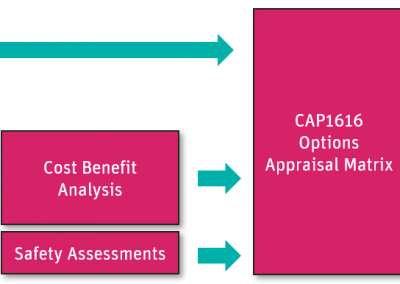
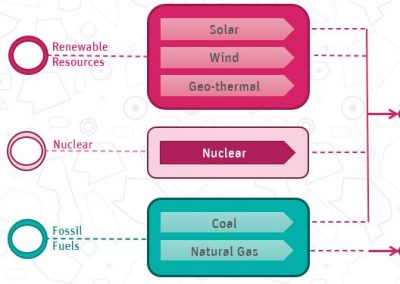

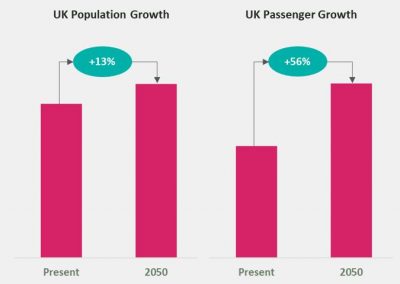
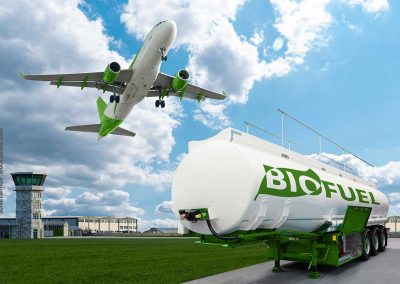
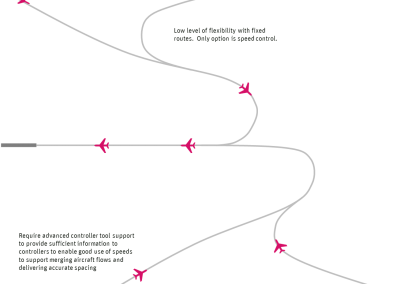





Recent Comments